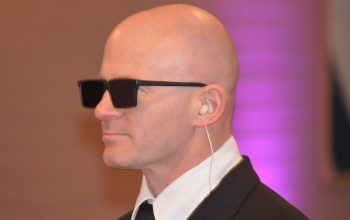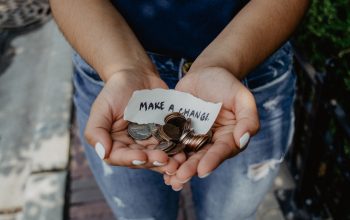The psychological effects of debt aren't just felt by those who hold the debt, they're often also felt by those...
When you’re struggling with debt to the point where your finances cross the threshold into personal insolvency, it can feel like a hopeless situation to be in, especially if you’ve tried very hard not to let your finances reach this point. But there is help available for dealing with debt and there are a number of personal insolvency solutions which are only available via a licensed insolvency practitioner, which may well give you a final solution to your money problems.
The formal insolvency solution which might be most appropriate for you is likely to change based on your circumstances. Depending on how much you owe and the assets you own, the options will differ. But to give some idea of what options might be available, here are a summary of some of the personal insolvency solutions available and some of the circumstances in which they’re likely to be used.
Dealing With Debt – Via Debt Relief Order (DRO)
A Debt Relief order or ‘DRO’ is a formal insolvency solution which most suitable for those with debts of £20,000 or lower, whose income is low and who own very few assets of worth. This option typically lasts for year and the debts from which relief has been sought will be written off after the DRO period. Under certain circumstances, the Debt Relief order can be extended and the process can also be cancelled if the debtor’s finances take a turn for the better.
Dealing With Debt – Via an Individual Voluntary Arrangement (IVA)
Individual Voluntary Arrangements suit debtors who owe over £10,000 and have some leeway contribute towards repayments. IVA’s seek to deal with debt where some repayments can be afforded, just not at the present levels. The arrangement itself is a binding agreement between the debtor and their creditors where a repayment plan the debtor can afford is proposed and for the duration of the agreement must be adhered to. Creditors may or may not end up being paid in full and they are only bound if 75% of all a debtor’s creditors agree to it, but once agreed, it is binding on all parties and no further action can be taken by creditors. This makes IVA’s distinct from Debt management Plans which are superficially similar, but not binding.
Dealing With Debt – Via Bankruptcy
A personal insolvency solution which often has a degree of (unwarranted) stigma attached to it, Bankruptcy can be instigated by Debtors, or as a last resort by their creditors. For creditors to instigate a bankruptcy, more than £5,000 must be owed. Bankruptcy sees any personal assets being taken into the control of the courts and decisions being made as to what gets sold in order to pay creditors. The bankruptcy process usually lasts for a year, after which time any remaining debt will be written off, but for the duration, the bankrupts personal finances will be under very scrutiny and ‘excess’ income must be handed over to contribute towards repaying debts.
Is a formal insolvency solution the most suitable way for dealing with debt?
While personal insolvency is far more common than you might think, each and every case is different, so the best way to establish what’s the best personal insolvency solution in your case is to get expert impartial advice.
At Lines Henry, we’re insolvency practitioners with decades of experience dealing with debt of all kinds and finding solutions for those in financial distress. We offer a free consultation too, so there’s nothing lost in picking up the phone. Make today the day you contact us and begin your journey towards a shedding your debt along with the worry it causes.



